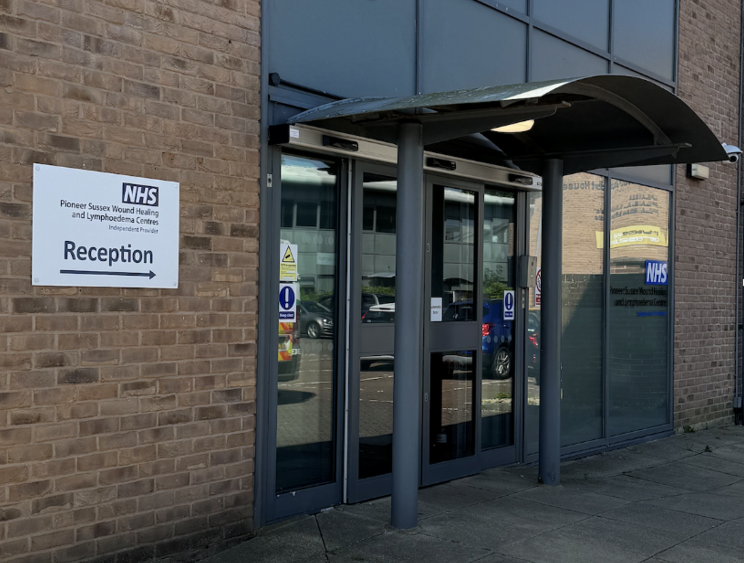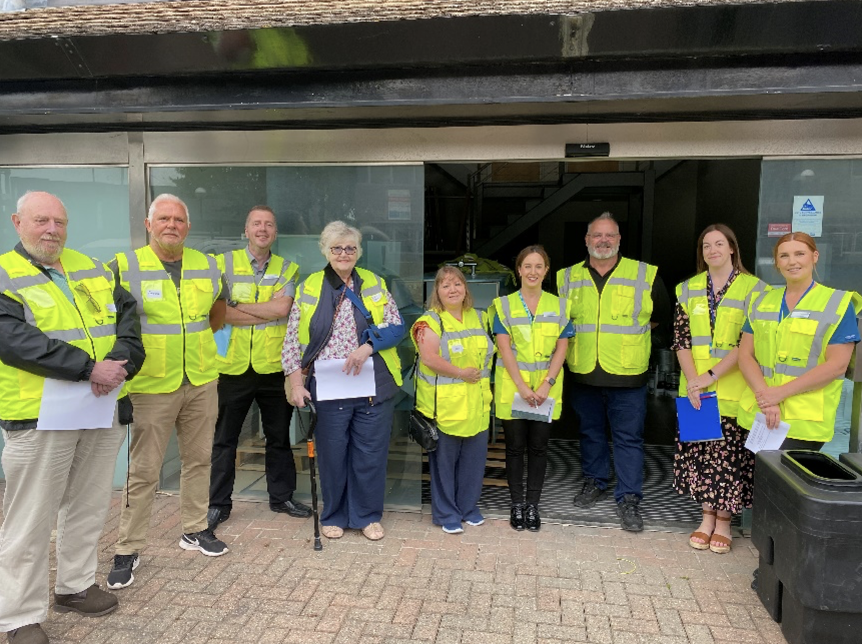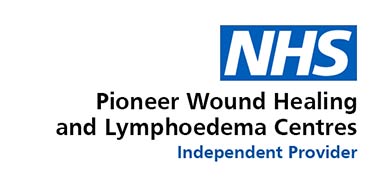At Pioneer, collaboration with patients lies at the heart of everything we do. In line with our commitment to delivering patient-centred, high-quality care, we worked closely with members of our Patient Advisory Group (PAG) to co-produce the design and experience for our new Crawley Centre of excellence, which opened its doors late 2024. Our PAG is made up of current and previous patients and their families who kindly volunteer their time with us on various projects to ensure the patient voice is heard loud and clear at Pioneer.
Collaborating with Service Design Students
In July 2024, two postgraduate students: Emma (Muzi Yang) and Jamilet Yalán Méndez from the Masters Service Design program at University of the Arts London, joined forces with Pioneer’s Executive Nurse Director, Professor Jenni MacDonald, to lead this initiative. Their aim was to co-design the patient experience at the new Crawley centre of excellence, incorporating PAG ideas and feedback into key design decisions for the new centre.
Co-producing Service Design
Co-production in service design focuses on placing the people using the service at the heart of decisions on service improvements, ensuring care delivered there meets the needs and experience expectations. This approach ties in perfectly with Pioneer’s mission to create services that genuinely reflect the needs of the community they serve.
Eastbourne Centre Site Visit & Context Inquiry
To begin, the students visited the Pioneer Eastbourne Centre, engaging with patients, nurses, and administrative staff to gain a comprehensive understanding of current services. These insights were crucial in shaping the design process for the new Crawley Centre build.

Site visit to Eastbourne centre
Co-Discovery Meeting with Patient Advisor Group (PAG)
In August 2024, the Pioneer team hosted a co-discovery discussion session with PAG members from various Pioneer centres. Using an interactive approach, the PAG talked through their journeys with Pioneer, sharing their physical and emotional needs. This meeting provided invaluable insights into what’s important to them and it helped our understanding around practical concerns such as parking, signage, and the importance of maintaining continuity of care.
It was very helpful to learn from the PAG members that the pre-Pioneer 1st appointment patient information leaflet could be improved! Being an environmentally friendly organisation i.e. using paper leaflets only when necessary was important to them. PAG suggested we put the leaflets behind reception for patients that really needed a hardcopy, but they preferred this information electronically as they felt it was better for the planet, and they had more confidence that electronic information would be the most UpToDate. Pioneer have since introduced electronic information leaflets as standard now and plan to have QR codes available in our clinics too linking to patient information.
We learned that PAG would appreciate ‘seeing’ the clinic they are visiting via the Pioneer website before they attend for the first time as this would help reduce any worry or anxiety. Pioneer are in the process of filming virtual walk through videos for the website in response to this patient experience need.

Site Visit to Crawley Centre
Co-Design Site Visit to Crawley
Soon after the meeting, a date was agreed later that month where PAG members visited the new Crawley Centre while it was still under construction. This gave the PAG members the opportunity to discuss the design with the building contractor and the Pioneer Estates and facilities manager directly.
The PAG were fully engaged on a walkthrough of the facility offering thoughts on key areas, providing thoughtful suggestions on how to create a welcoming and stress-free environment. By the end of the visit, the PAG expressed their enthusiasm for the new centre.
Next Steps: Turning Insights into Action
Since the site visit the Pioneer team worked hard to translate into action the insights gathered from our PAG collaboration and have detailed some of these below.
From the site visit the highlights were the need and placement of water fountains in waiting areas, the layout needed in disabled toilets and the specific types and placement of signage required.
Waiting area seating was a passionate topic for PAG especially the chair width and having arm rests to help with mobility. PAG stated they would also prefer to have additional seating next to the front door so they could clearly see if their family/taxi had arrived to collect them from the centre.
PAG did not have any strong feelings on the proposed design of the reception desk as the design presented on paper before it was purpose built was already wheelchair friendly however they did express a strong dislike of any Perspex in this area as it brought back bad memories of the Pandemic.
In terms of decoration, PAG were open to any colours that were calming i.e. peach, green or grey to match other parts of the design. They did however have strong feelings against furniture and noticeboards being any colour apart from the health service blue! There are limited colours of wipeable furniture on the market, but we think we managed this ask the best we could.
PAG requested the opportunity of a quiet room to provide a confidential space where sensitive conversations can take place in a non-clinical environment. They stressed the importance of this being available for patients and staff to encourage people to feel at ease during sensitive conversations. We have been able to provide this.
PAG didn’t feel they needed any further equipment in the clinic rooms than they have now but it was mentioned that when staff are typing into the computer during appointments they can, at times, have their back to the patient. Pioneer have now implemented computer tables on wheels so staff can face patients when logging information into the patient computer records.
A co-designed pre- 1st visit leaflet is being developed to enhance the first-visit experience, providing patients with essential information about their upcoming appointment, required preparations, and centre navigation. This resource aims to reduce anxiety by setting clear expectations before patients arrive at the centre.
